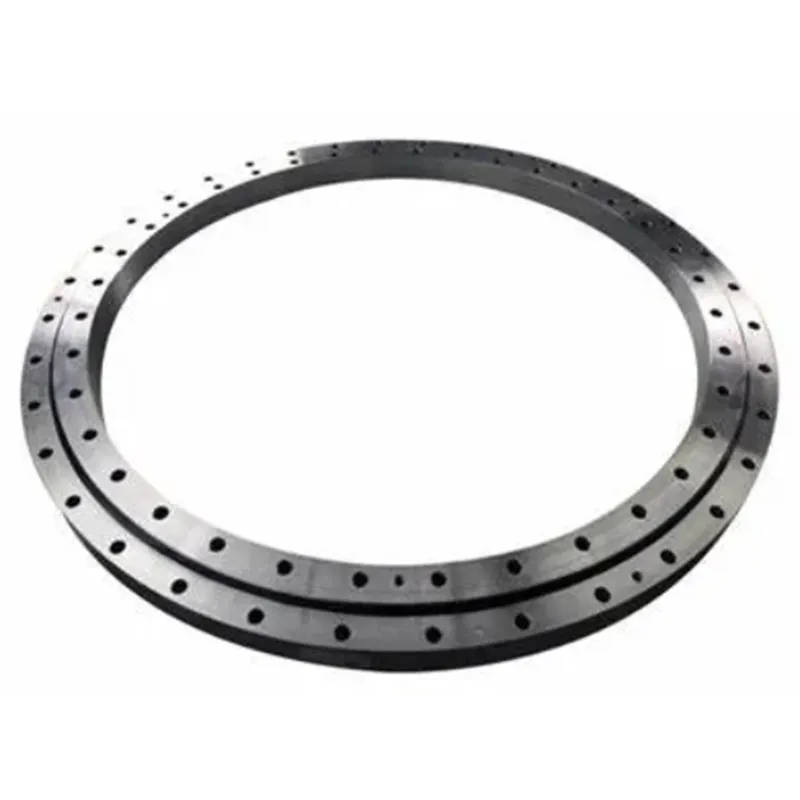-
Cangzhou Yulong Steel Co., Ltd.
-
Phone:
+86 13303177267 -
Email:
admin@ylsteelfittings.com

Oct . 21, 2024 16:37 Back to list
24-inch 90-degree elbow specifications and applications for piping systems
Understanding the 24-Inch 90-Degree Elbow A Key Component in Piping Systems
In the world of engineering and pipeline construction, a variety of components play critical roles in ensuring smooth and efficient operations. Among these, the 24-inch 90-degree elbow stands out as an essential fitting that enables changes in direction within a piping system. This article will delve into the significance, design, applications, and material considerations of the 24-inch 90-degree elbow.
What is a 24-Inch 90-Degree Elbow?
A 24-inch 90-degree elbow is a type of pipe fitting that allows for a sharp but controlled change in the direction of the pipeline. Specifically, it facilitates a shift in flow direction by 90 degrees, which is often necessary in ensuring optimal flow patterns in various applications. The 24-inch designation refers to the nominal pipe size, indicating that the internal diameter of the elbow is 24 inches, allowing for the passage of substantial amounts of fluid or gas.
Importance of Elbow Fittings
Elbow fittings are crucial for several reasons
1. Directional Flow Control They assist in guiding flow without creating turbulence that can wear down the pipe walls or alter system pressures. 2. Space Efficiency In many industrial settings, space is at a premium. Using elbows allows for more compact designs rather than relying solely on straight runs of pipe.
3. Reduced Pressure Drop When designed and installed properly, a 90-degree elbow can minimize pressure drop, ensuring that systems operate efficiently.
4. Durability and Reliability High-quality elbows can withstand significant pressure and temperature variations, making them indispensable in demanding environments.
Design Considerations
The design of a 24-inch 90-degree elbow involves several factors that are critical to its performance
24 inch 90 degree elbow

1. Radius of Curvature There are generally two types of elbows based on radius short radius and long radius. A long-radius elbow has a radius that is 1.5 times the diameter of the pipe, which can lead to less turbulence and a smoother flow.
2. Thickness and Material Elbows must be manufactured from materials capable of withstanding the operational conditions of the fluid or gas they will convey. Common materials include stainless steel, carbon steel, and various alloys. The choice of material depends on factors such as corrosion resistance, pressure ratings, and temperature tolerances.
3. End Types Elbows can feature different end configurations, including beveled or threaded ends, which facilitate various types of connections within pipeline systems.
Applications
24-inch 90-degree elbows are employed in numerous industries due to their versatility and functionality. Some notable applications include
- Oil and Gas Exploration Used in pipelines for transporting crude oil and natural gas, where the ability to efficiently change directions is critical. - Water Treatment Plants Essential for redirecting water flow in treatment processes, contributing to effective management and filtration.
- Chemical Processing These fittings are used in systems transporting chemicals, where maintaining flow integrity and minimizing contamination is crucial.
- HVAC Systems In heating, ventilation, and air conditioning systems, elbows are utilized to navigate through structural constraints while ensuring effective airflow.
Conclusion
The 24-inch 90-degree elbow is more than just a simple pipe fitting; it is a vital component that plays an integral role in various systems across numerous industries. Understanding its design features, applications, and material choices can greatly influence the efficiency and reliability of a piping system. Whether in oil and gas, water treatment, or chemical processing, the effective use of these elbows ensures that engineers can create robust, efficient, and long-lasting systems capable of meeting today's demanding operational requirements. As technology advances and industries evolve, the importance and application of the 24-inch 90-degree elbow will continue to be paramount in fluid and gas transportation solutions.
Latest news
-
ANSI 150P SS304 SO FLANGE
NewsFeb.14,2025
-
ASTM A333GR6 STEEL PIPE
NewsJan.20,2025
-
ANSI B16.5 WELDING NECK FLANGE
NewsJan.15,2026
-
ANSI B16.5 SLIP-ON FLANGE
NewsApr.19,2024
-
DIN86044 PLATE FLANGE
NewsApr.19,2024
-
DIN2527 BLIND FLANGE
NewsApr.12,2024
-
JIS B2311 Butt-Welding Fittings LR/SR 45°/90° /180°Seamless/Weld
NewsApr.23,2024
-
DIN2605-2617 Butt-Welding Fittings LR/SR 45°/90°/180° Seamless/Weld
NewsApr.23,2024











